Small Molecules vs Biologics
Small molecules are chemically synthesized compounds, typically with low molecular weight, allowing for oral administration and broad tissue distribution. Biologics, on the other hand, are large, complex molecules produced using living systems, often requiring injection and exhibiting high specificity to targets. These fundamental differences influence every stage of development, from design to manufacturing and regulatory approval.
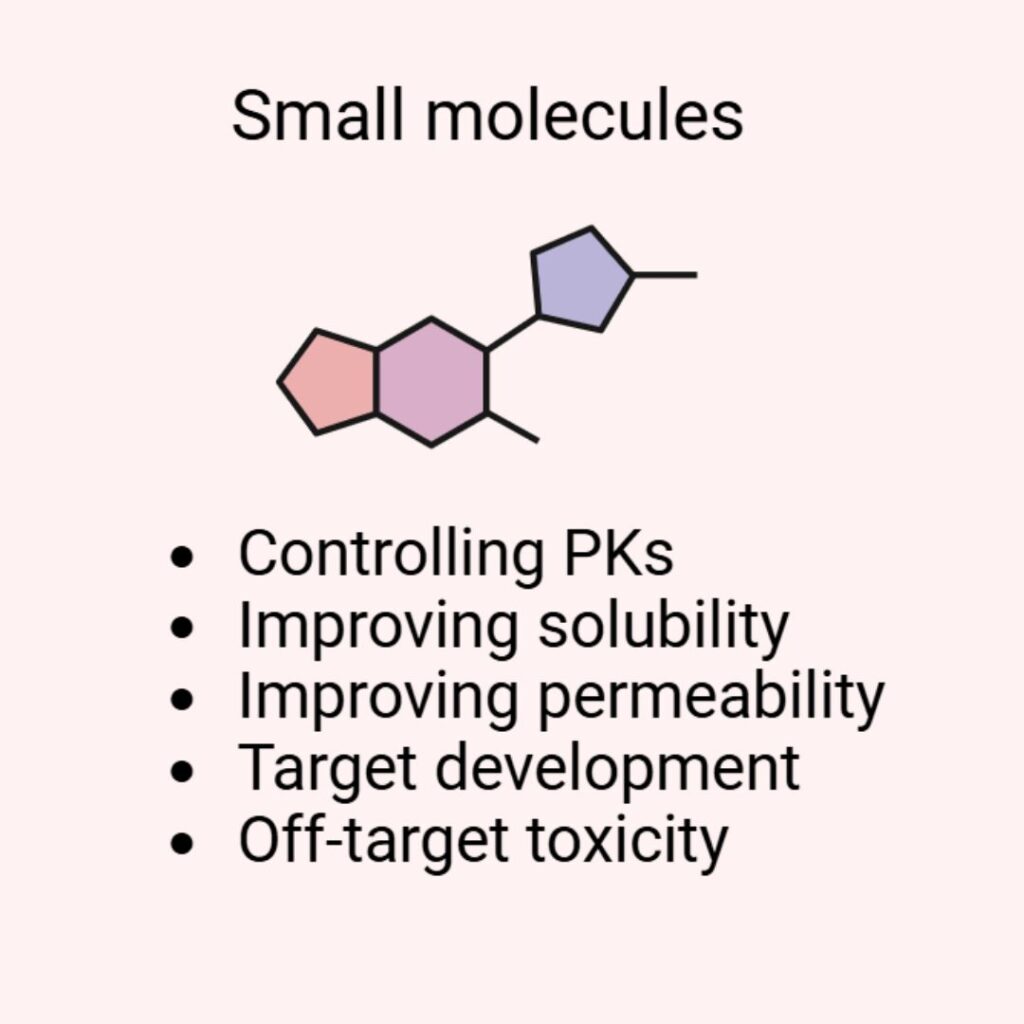
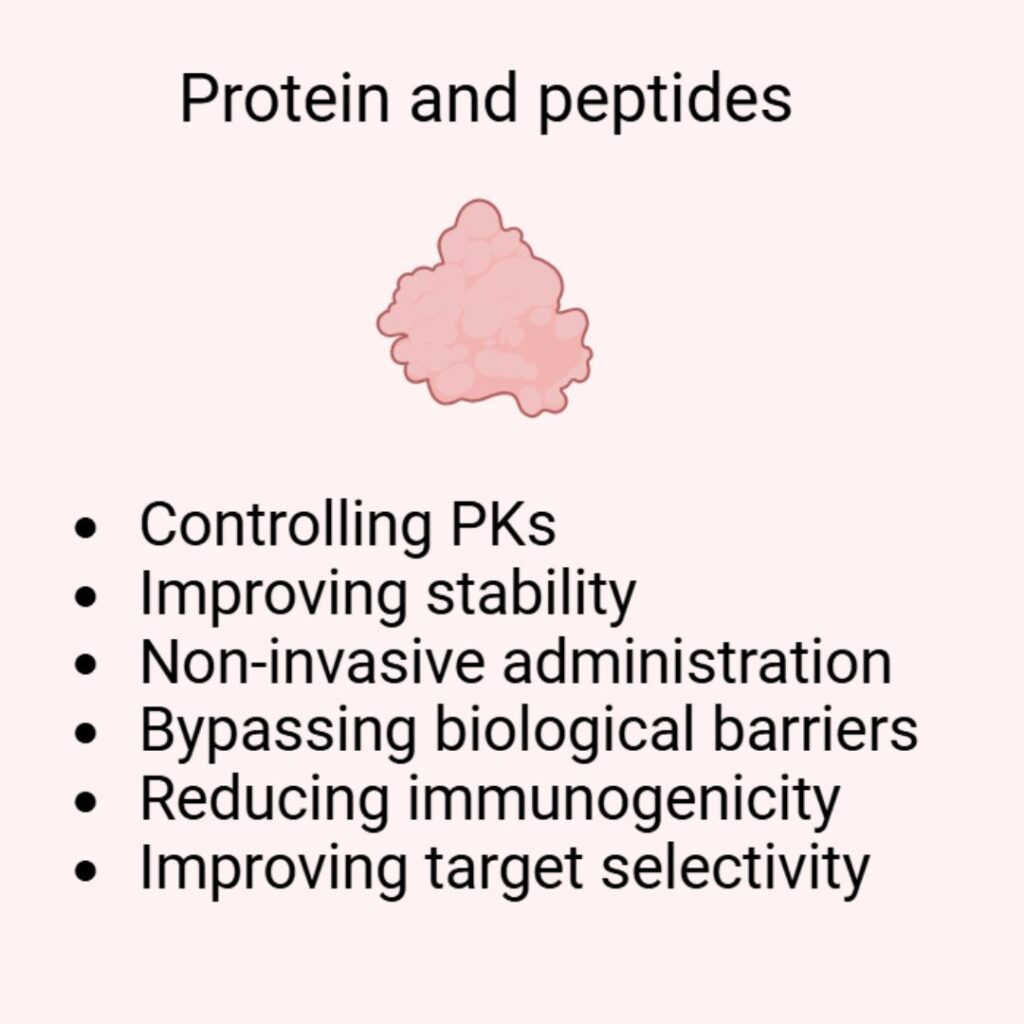
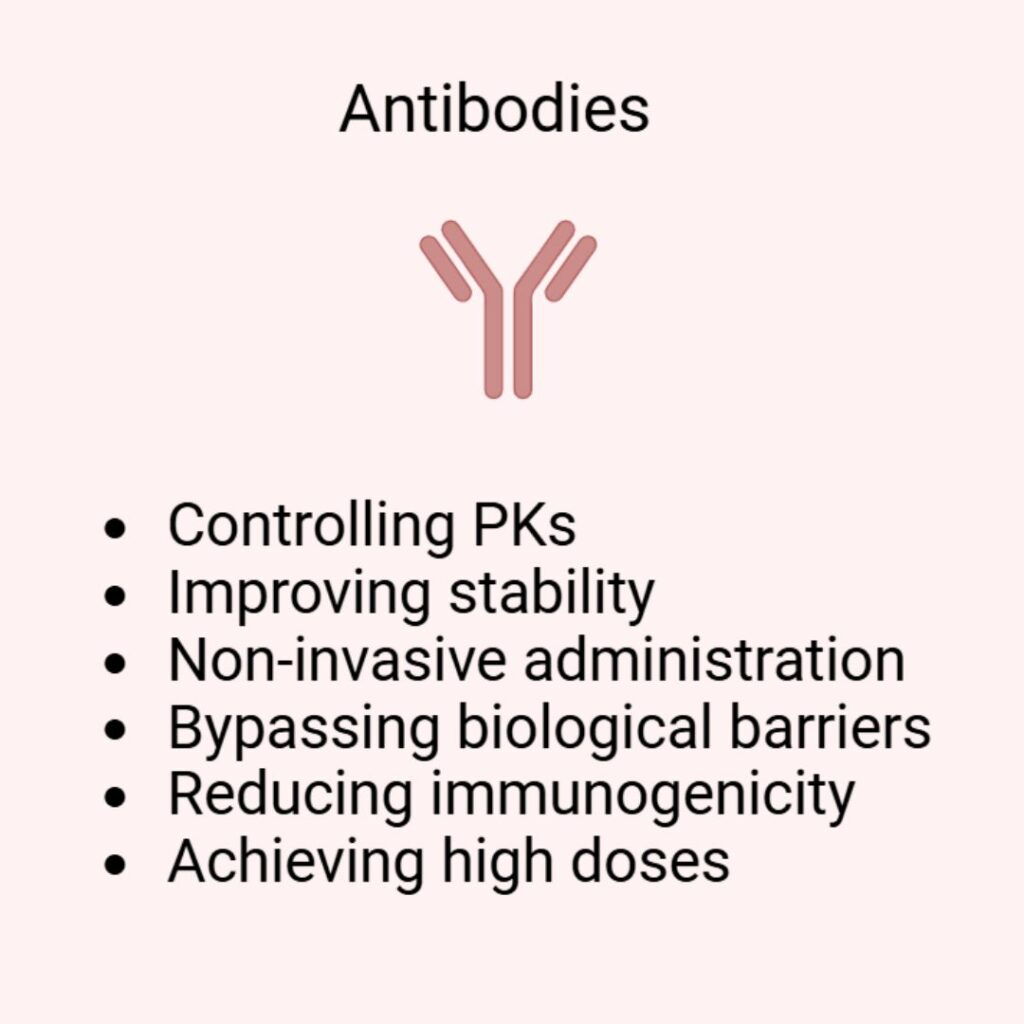
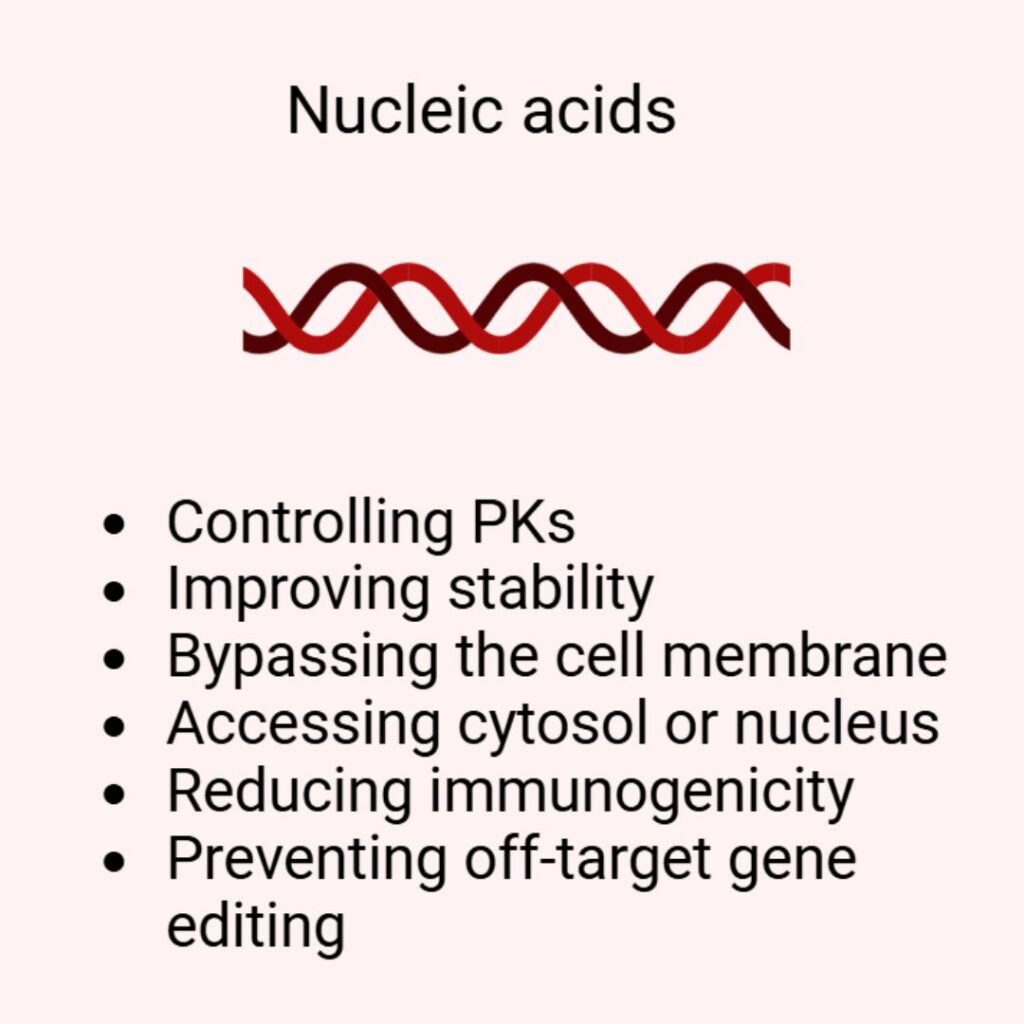
Physiochemical Properties and Process Design
The physicochemical properties of a drug dictate its manufacturability. Small molecules, being stable and well-characterised, are generally easier to manufacture using established chemical synthesis methods. Biologics, due to their size and complexity, require sophisticated biotechnological processes, including cell culture and purification systems. These processes are sensitive to environmental conditions, necessitating stringent control measures to ensure product consistency.
Tailoring Manufacturing Platforms for Small Molecules vs. Therapeutic Proteins
Manufacturing platforms must be tailored to the specific needs of the drug type. Small molecule production often utilizes scalable chemical synthesis with high reproducibility. Biologic manufacturing involves living cells, which can introduce variability. Therefore, biologic production requires advanced bioreactors and purification techniques to maintain product quality and efficacy.
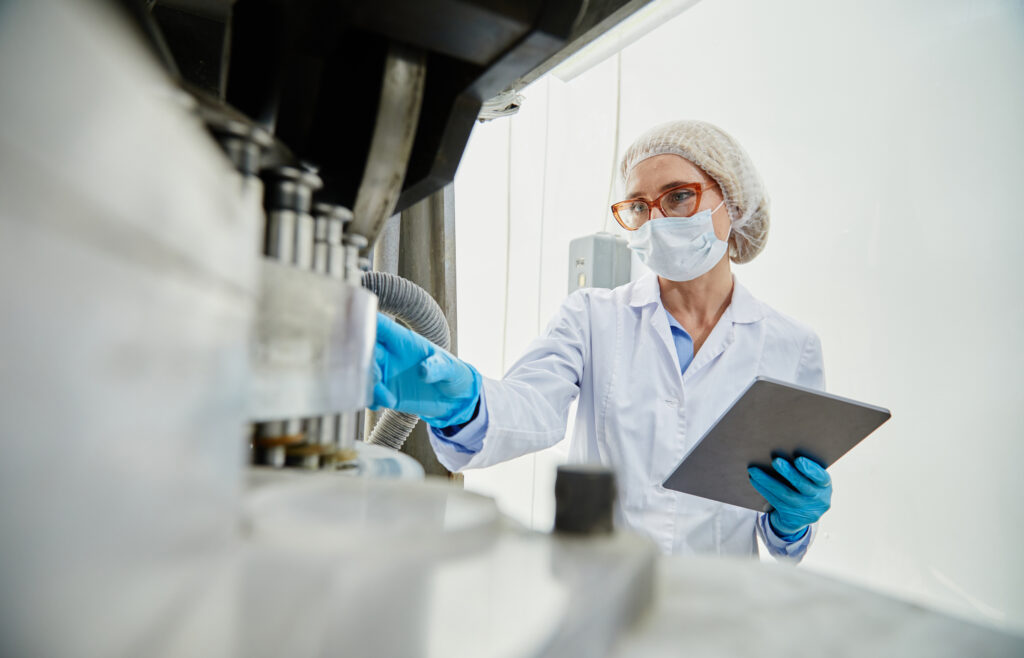
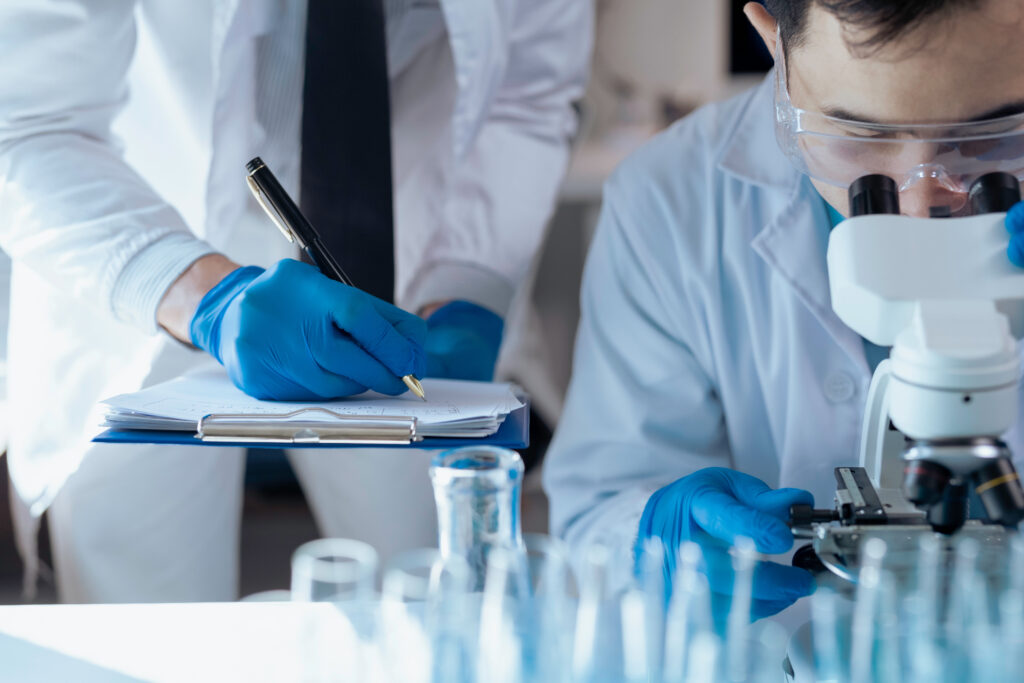
Pharmacodynamics and Safety Profiling
Pharmacodynamics, the study of a drug’s effects on the body, varies between small molecules and biologics. Small molecules may interact with multiple targets, potentially leading to off-target effects. Biologics are designed for high specificity, reducing unintended interactions but introducing risks like immunogenicity. Safety profiling must account for these differences to mitigate adverse effects.
Navigating Pharmacokinetics Through Integrated Development Services
Pharmacokinetics – how the body absorbs, distributes, metabolizes, and excretes a drug – differs significantly between the two modalities. Small molecules often have predictable absorption and distribution patterns, with metabolism primarily occurring in the liver. Biologics, due to their size, have limited tissue penetration and are typically cleared via proteolytic pathways. Understanding these differences is essential for dosing and efficacy.
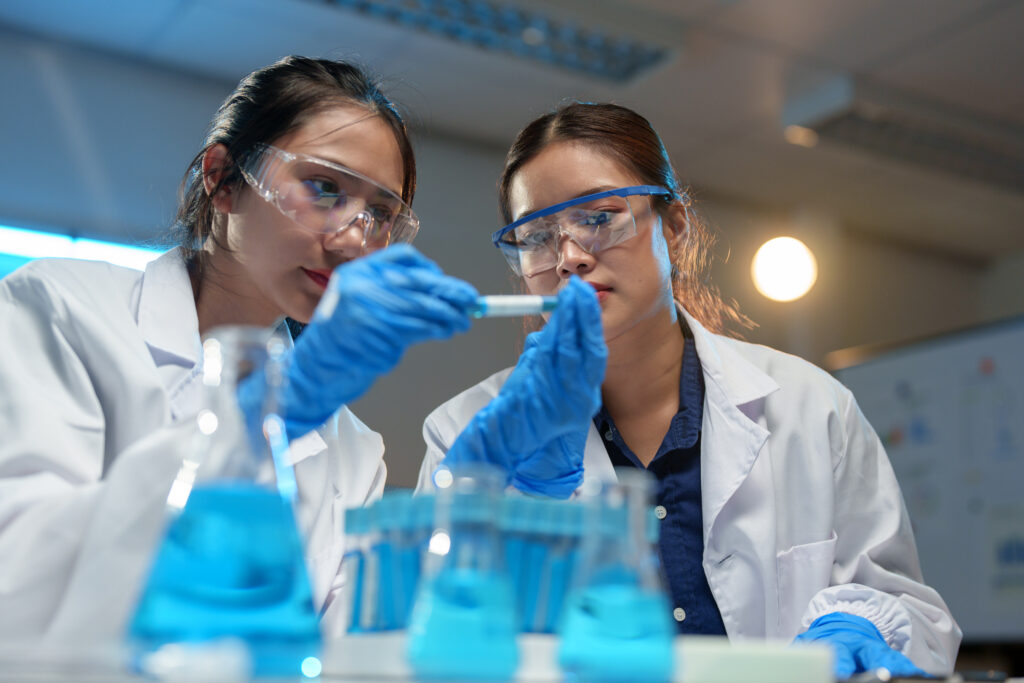
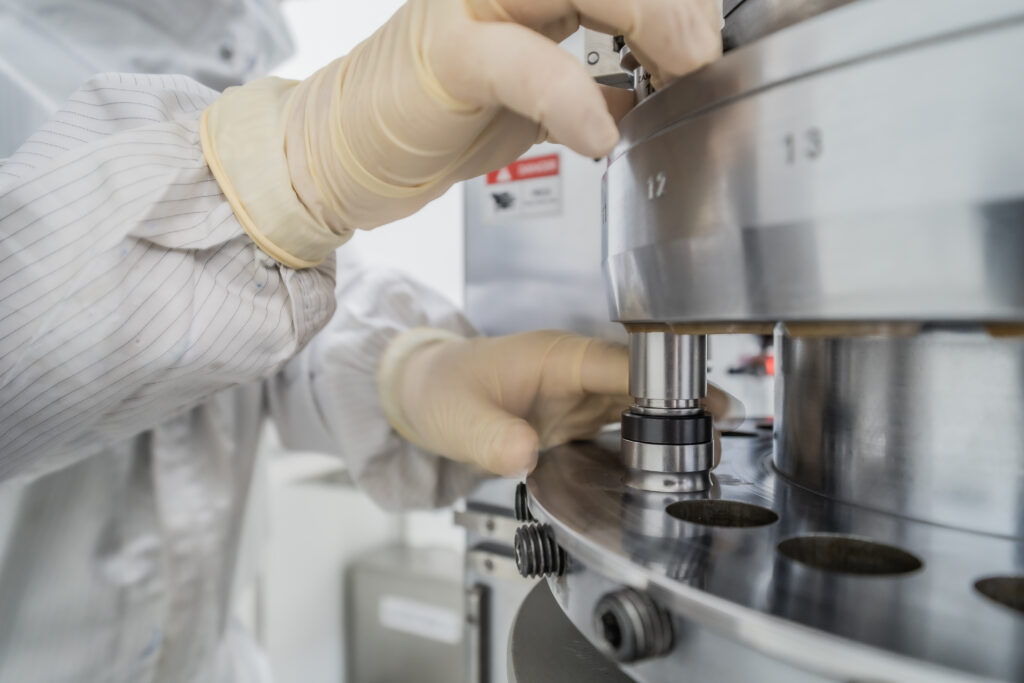
Challenges and Solutions in Manufacturing Complexity
Manufacturing complexity varies between small molecules and biologics. Small molecule production is generally straightforward, with well-established protocols. Biologics require complex processes, including cell culture, purification, and stringent quality controls to manage variability and ensure product integrity. Addressing these challenges involves investing in advanced technologies and process optimisation.
Managing Drug-Drug Interaction Risk
Drug-drug interactions (DDIs) can impact therapeutic outcomes. Small molecules are more prone to DDIs due to shared metabolic pathways, especially involving cytochrome P450 enzymes. Biologics, metabolised differently, have a lower risk of DDIs but can still influence immune responses. Comprehensive DDI assessments are vital during development to ensure patient safety.
WHITEPAPER: Characterisation of Spray Dried Biologics
Immunogenicity and Quality Control in Biologic Manufacturing
Immunogenicity, the potential of a substance to provoke an immune response, is a significant concern in biologic development. Ensuring consistent quality through rigorous quality control measures is essential to minimise immunogenic risks. This includes monitoring for impurities, maintaining sterile conditions, and validating manufacturing processes to produce safe and effective biologic therapies.
Enabling Innovation in Drug Delivery Technologies
Advancements in drug delivery technologies are expanding the possibilities for both small molecules and biologics. Innovations such as nanoparticle carriers, sustained-release formulations, and targeted delivery systems are enhancing therapeutic efficacy and patient compliance. These technologies are particularly beneficial for biologics, which often face challenges related to stability and administration routes.
Frequently Asked Questions
What are the main differences between biologics and small molecules?
Biologics are large, complex molecules produced using living systems, often administered via injection, and designed for high specificity. Small molecules are chemically synthesized, smaller in size, typically orally administered, and may interact with multiple targets.
Why is manufacturing biologics more complex than small molecules?
Biologics require living cells for production, leading to variability and necessitating stringent control measures. Small molecules are synthesized through established chemical processes, offering more consistency and scalability.
How do pharmacokinetics differ between biologics and small molecules?
Small molecules are usually absorbed quickly, distributed widely, and metabolized by the liver. Biologics have limited tissue penetration, are often administered parenterally, and are degraded by proteolytic enzymes.
What is immunogenicity, and why is it a concern for biologics?
Immunogenicity refers to the potential of a substance to provoke an immune response. Biologics, being protein-based, can be recognized as foreign by the immune system, leading to reduced efficacy or adverse reactions.
Can small molecules and biologics be used together in therapy?
Yes, combination therapies using both modalities are common, especially in complex diseases like cancer, where targeting multiple pathways can enhance treatment efficacy.